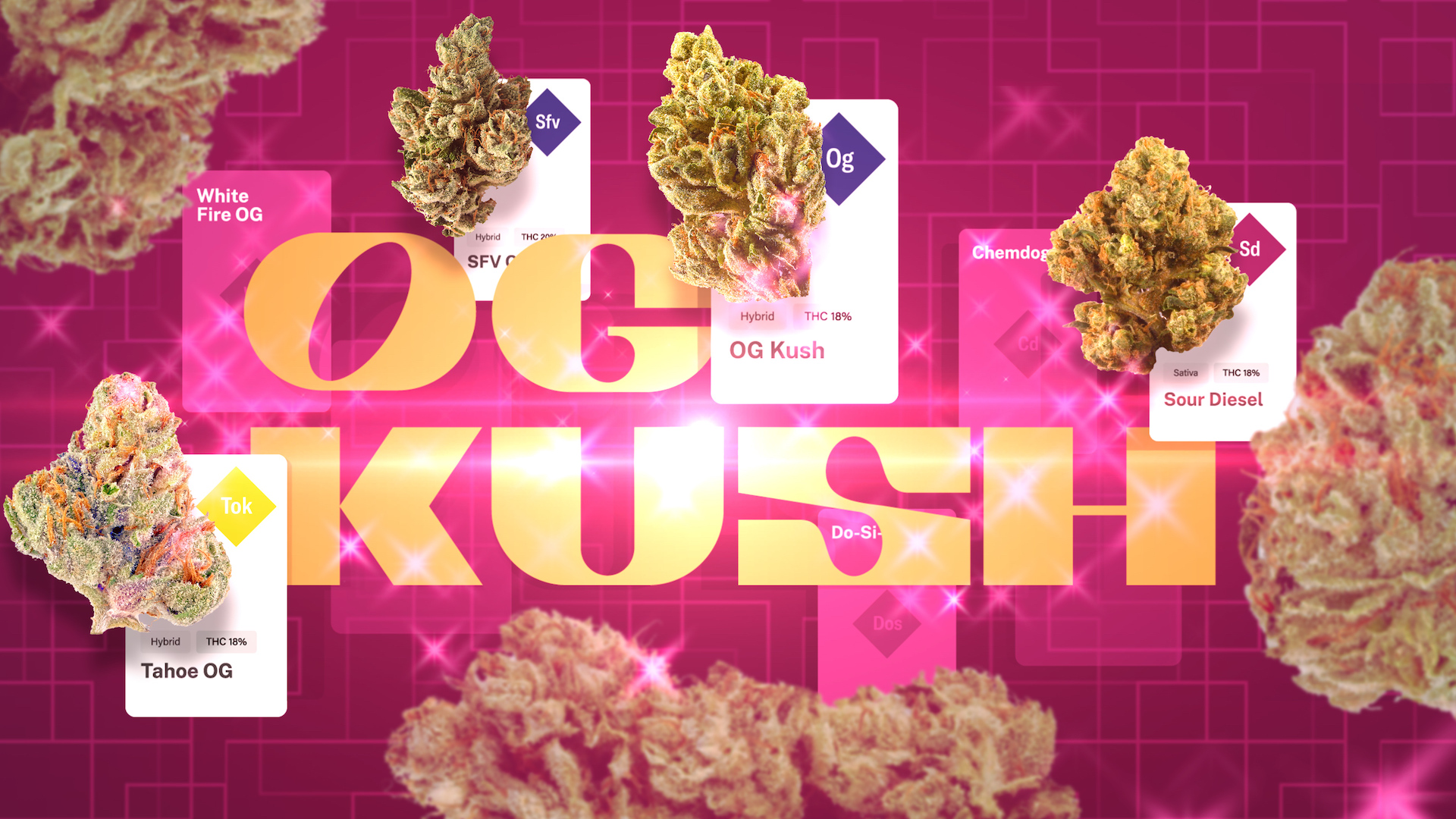
An Epoch of OG: The OG Kush family genealogy
Leafly honors the 50th anniversary of “4:20” (aka “420” or 4/20) this April with a celebration of legendary strain families. We’ve already covered famous Hazes, Tangies, and Purples. Up next: OG Kushes!
No one will ever truly know what the “OG” in the best-selling strain, OG Kush, stands for: Ocean grown? Original gangsta? Organic?
But not a soul debates OG Kush’s strength or status.
Since the dawn of medical marijuana legalization in the ‘90s in Los Angeles, the potent, lemon-pine-fuel-smelling OG Kush cultivar and its offspring have floored the competition and recruited legions of lifelong followers.
OG Kush’s family origin story is shrouded in mystery and spans the United States. The family’s rise demonstrates how a great weed variety completely takes over by recruiting growers, sellers, and aficionados, forging a new era.
We talked to some of the biggest names in OG Kush to get the tale beyond the “gasoline” smell of OG, as well as how it impacted cannabis in Los Angeles, the Emerald Triangle, and beyond.
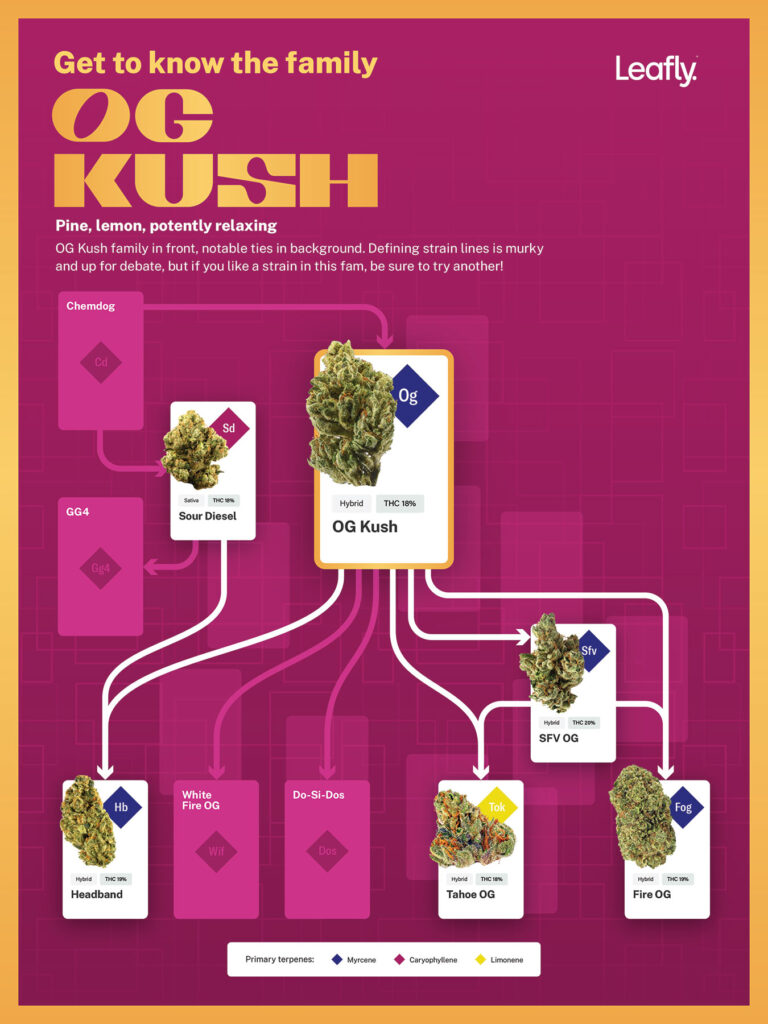
OG’s mysterious Florida roots
OG Kush’s story starts in the mid-’90s with Los Angeles grower Josh Del Rosso, who challenged his buddy Matt “Bubba” Berger to prove Florida was growing better weed than LA.
Back then, remote northern parts of Florida (“the triangle”) had growers as skilled as the best of California.
More famously known as “Josh D,” Del Rosso is widely credited with preserving the OG lineage after he dared his roommate Berger to bring cuttings of the supposedly awesome cultivar back from Florida, alongside the famous strain Bubba Kush and another strain called KY.
Of the five OG tiny plants (cuttings, or “cuts” for short) that traveled west, only one survived, Josh recalled. This August marks 25 years since the duo used that surviving cutting to start writing OG’s chapter in the history books.
‘Destroyed the competition’
When the two started growing clones of OG Kush based on that surviving cutting, the lime-green, medium-sized, dense, iridescent buds proved flavorful and potent.
But as for getting the word out about OG beyond Los Angeles, it all started with a trip Del Rosso took north to visit his friend “Ian.” Ian was connected in the Bay Area scene that was having a small weed contest in 1997. Del Rosso traveled up with his Northern Lights #5 x Hawaiian, and his second harvest of OG Kush ever. OG Kush destroyed the competition.
“We got like 10s in all the categories, like literally laid out one of the judges,” Del Rosso told Leafly. “And it was like then people were coming up to me hugging me, like, ‘Bro, this is the best weed I’ve ever smoked in my fucking life.’”
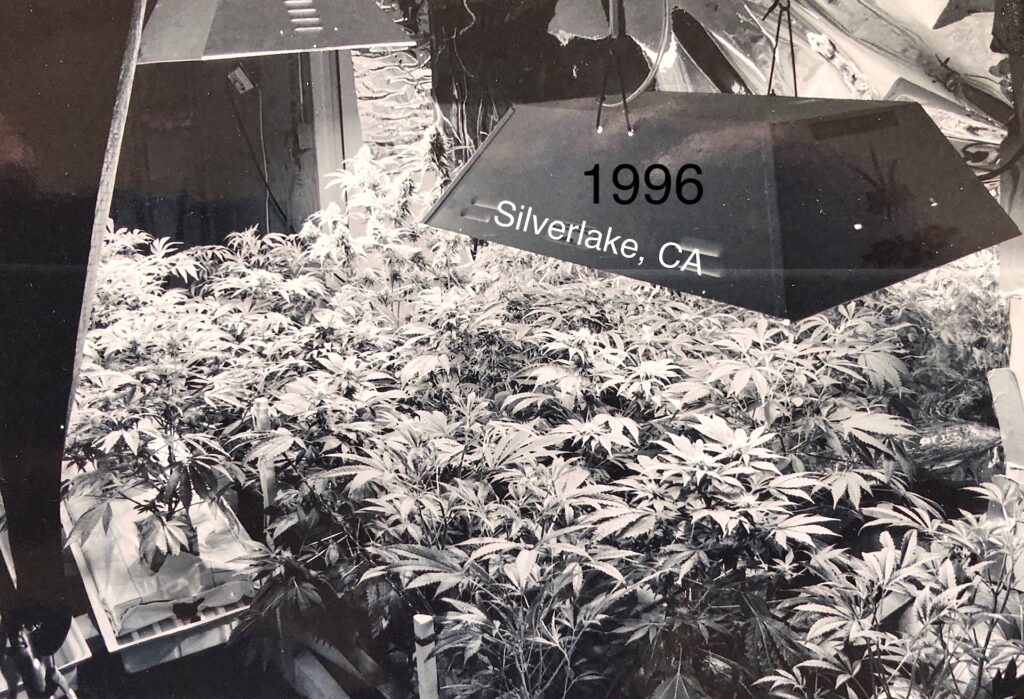
Del Rosso gave OG Kush to Ian. It was for sure the first time OG Kush had made it to Northern California, but, thankfully for those who had it at that point, not all the way north to the US’s cannabis heartland in Humboldt County.
We asked Del Rosso how happy he was in that moment up north to know he had OG Kush growing perfectly; i.e. “dialed-in.”
“’Dialed-in’ was a broad term back then,” he said, laughing.
Del Rosso said he grew the first OGs humbly, under a 1,000-watt light that he found in the back of a magazine and a 430-watt light he scored off a friend.
“I just wanted to show people that they could fucking make a living doing something as cool as growing OG.”
—Josh D
Berger had the experience growing indoors and helped Del Rosso wrap his head around it.
He argued he was basically in the right place at the right time with the will to devote himself to growing indoors in the high-stakes urban jungle of Los Angeles. But there was a dash of the rebel, too.
“I was devoted to rebelling against the system and working for the man,” Del Rosso said. That also played a big part of it. “I always had like a fucking regular job, but I just, I mean, I don’t even know if you want to write about that, but it’s true, man. Like, the system? Is so fucked. I just wanted to show people that they could fucking make a living doing something as cool as growing OG.”
‘Bro, check my Kush’
Josh D figured it out quickly, and within a couple of years, OG Kush was synonymous with good weed. But not the cut Del Rosso preserved.
Within a few years after its introduction, OG Kush had garnered such a reputation that “Kush” was becoming shorthand for “good weed” the way “Kleenex” is for “tissue.”
That’s when Josh D knew the OG hype was hitting the gas. “It just all of a sudden, man, all of LA was calling everything ‘Kush.’ Like, ‘Bro, check out my ‘kush,’” he said.
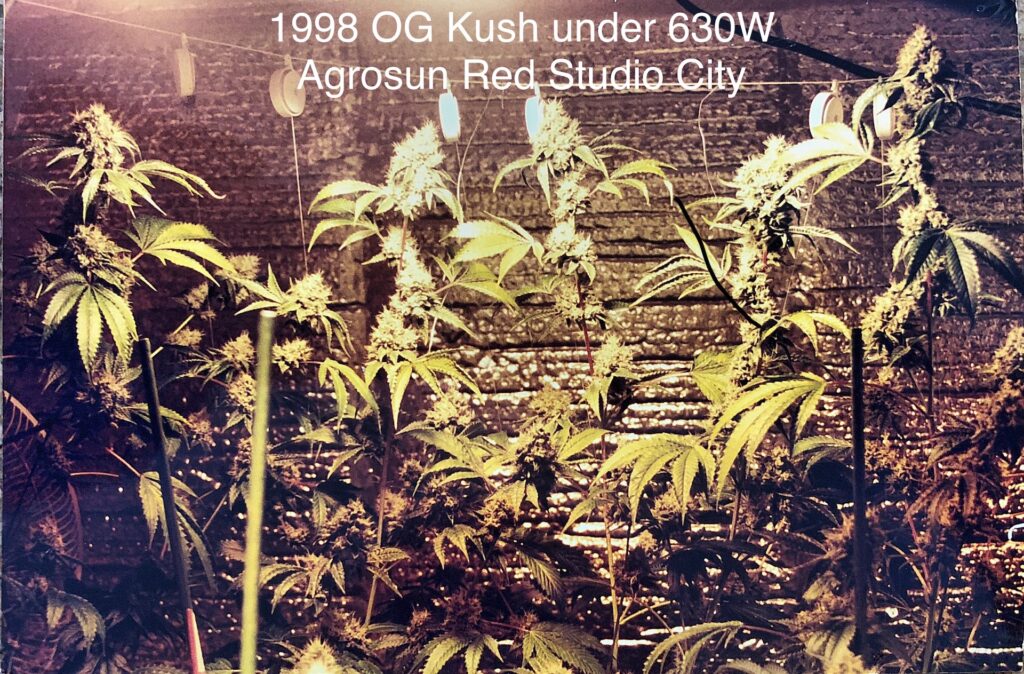

As demand increased, imitators could not hold a candle to the real OG Kush. The strain’s reputation brought big names looking for access to Del Rosso and his circle of friends.
But by 2000, it seemed like the OG Kush hype had spiraled beyond anyone’s control.
Late ’90s/early 2000s: Cypress Hill befriends an OG
One of the folks that helped people find out about the mystique of OG Kush long before they ever got their hands on it was acclaimed rapper B-Real of Cypress Hill.
Sometimes it feels like at this moment B-Real is almost more synonymous with being a successful cannabis businessman than having the biggest Latino hip hop career of all time. He recently dropped his fifth collaboration with fellow cannabis enthusiast and industry player Berner.
By chance, the day before I met with B-Real, I spoke with Wonderbrett co-founder Brett Feldman. Feldman was actually the person who gave B-Real the OG Kush cut for the first time back in the late 1990s. We started our chat there.
“It was probably around 1997, around that time,” B-Real told Leafly, “And, you know, we didn’t know what it was going to become. We knew it was good but we just got our hands on it.”
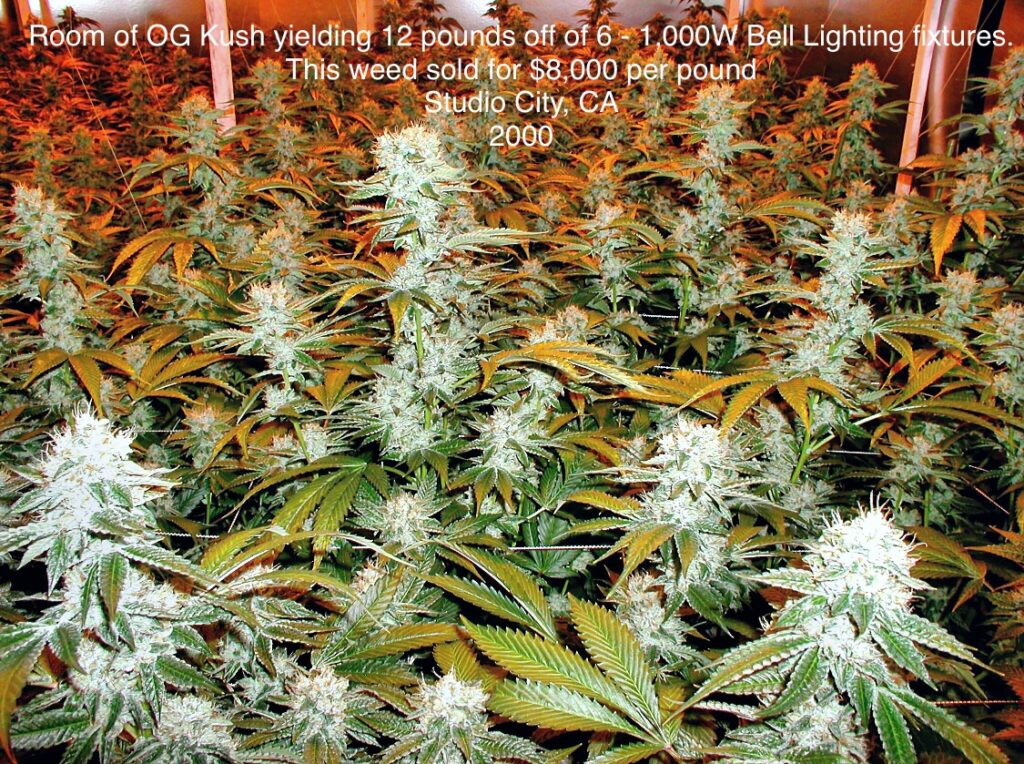
Queen of Southern California
B-Real’s partner Kenji Fujishima has been the lead cultivator (a master of cuts) for the team for years. Back in the days, before there was information readily available on growing, Fujishima was able to get a pretty solid product on the first run. They were hyped.
“He found the formula that worked for us, man, and when we tried our version of it for the first time, we were blown away on how good that strain was, from the flavor to the impact, to the look,” B-Real said.
While OG Kush wasn’t a big yielder, it was the undeniable heat.
“Those small nuggets were so much more powerful than a lot of other shit out there, than everything out there,” B-Real explained. “I mean, it became queen in Southern California for a very long time.”
OG Kush pounds for $8,000
As B-Real got his foot in the door in cultivation and finally got the OG, he knew it was the real deal. But once he heard other people rapping about it, things seemed like they were taking off. Another thing that added to the hype was everyone taking to calling random good weed “kush.”
“It opened our eyes to what marketing is in terms of the cannabis industry,” B-Real said. “If you have a good quality product and you give it the right push, you know? It’ll go. When you got people telling people that they have it, and they don’t have it, that’s when you know you really got something.”
We asked B-Real what it was like to see the value skyrocket in the years after he acquired it. Back in the early 2000s, some were paying as much as $8,000 per wholesale pound.
“Well that was early on,” B-Real said with a subtle laugh as he assured us he never paid that price. “When packs first started to become available. Because beforehand, there wasn’t. No one had the space to grow a bunch of packs, you know?”

B-Real noted at the time, OG Kush was more valuable than gold. In 1998 an ounce of the precious metal went for just south of $300. At its peak, an OG Kush ounce might run $500 wholesale. B-Real noted this wave of energy behind OG was well before people thought to mention the strains in a song in a product placement kind of way.
The mid-2000s: billions of dollars for Humboldt County
Seeds found in bags of OG Kush, as well as friendly sharing and sheer industry demand, made a certainty of OG Kush’s date with America’s cannabis breadbasket: Humboldt County, CA. It was there that Northern California producers amplified the OG Kush trend building in the south and produced enough to take OG worldwide.
The story goes well beyond the bounds of the Emerald Triangle—the counties of Mendocino, Humboldt, and Trinity—to all across “NorCal.”
Kevin Jodrey has one of the best takes you could get from up north on the way OG changed the local culture. The founder of Wonderland Nursery, in the 2000s Jodrey was selling OG clones by the truckload, literally. Farms that don’t have their own family jewels relied on cuttings from nurseries to get their garden going. Jodrey always had the heat.
We asked Jodrey the first time he saw OG Kush on the hill. He told us it was around 2004 or 2005, at the height of mania for purple-colored strains. Jodrey explained one of the people who is most associated with originally bringing OG to the hills of Northern California was the grower/breeder known as “Mandelbrot.”
“He brought the Sours in, he brought the SFV cut in, which I still have, and the old Topanga Canyon,” Jodrey told Leafly.
OG for the masses
Eventually, the growers of the Emerald Triangle realized they could get top dollar for OG Kush amidst the flood of Purple. But there was a learning curve.
While the Purple would be prone to molds, the OG had powdery mildew problems, especially the closer you got to coastal fog and other higher humidity microclimates.
We asked Jodrey what it was like during the era when there were about 20 different OG strains of note, and 60 sub-types of those strains going around. While it killed the whole “exotic” thing for OG, it certainly got it out there for the masses.
“It did, it was just about what cut of it were you pushing?”Jodrey said of the late-2000s.
The first OG variants he really saw take off? The trademark-infringing Skywalker OG (now called Mazar X Blueberry OG), coincidently bred by his friend Luke. And San Fernando Valley (SFV) OG.
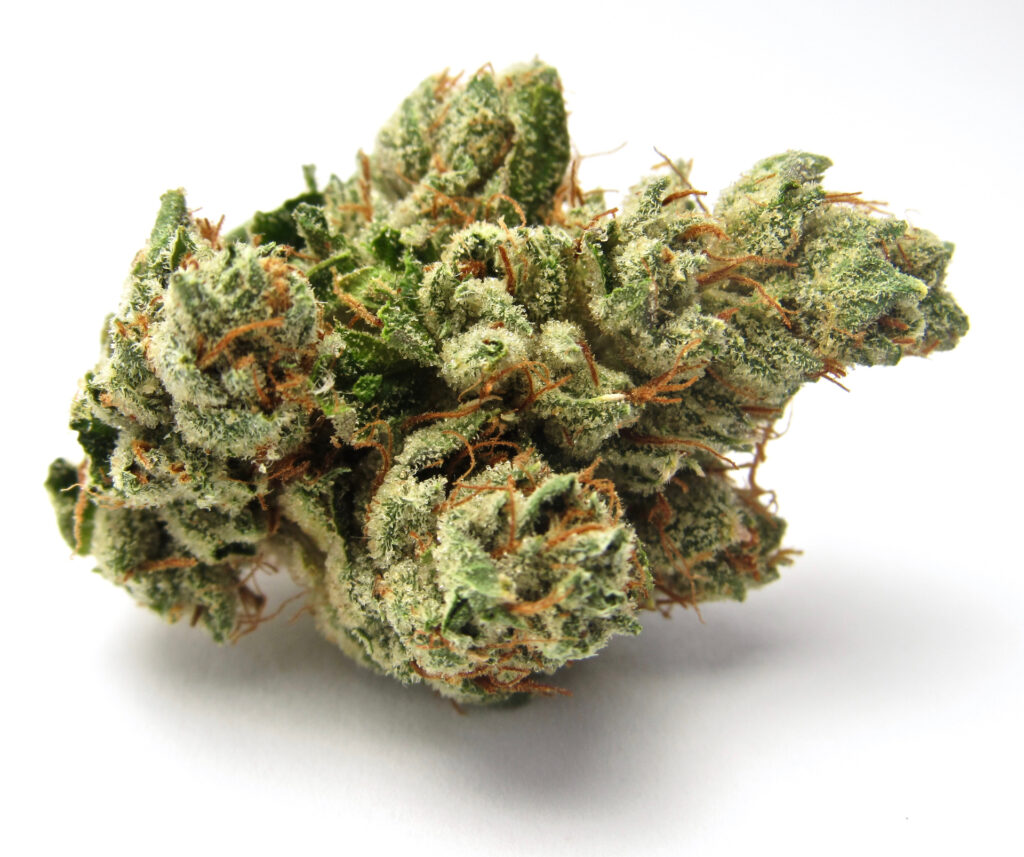
Jodrey says while some of the OG lineages can be traced from Josh D’s cut to a type called Ghost OG, as well as DNA Genetics’ Kosher Kush, a lot of what we saw pop off over the years came from seeds found in bags of OG Kush.
“And as soon as we got a hold of it up here. I mean, it went off,” Jodrey said. “What happened was in the early 2000s Humboldt had a change in [District Attorney], and the new DA said, ‘Hey, I’m good with 99 plants outdoor. You know, I can work with that.’ Well, all of a sudden, you know, you had 99—and at that time Blue Dream was still huge. But once the OG went in and people started getting good at putting an OG out and getting five or six pounds, all of a sudden you had 600 pounds for everybody’s backyard.”
OG Kush on ‘Weeds’
Jodrey said it was crazy. Sometimes it felt like it was nothing but OG.
Down in Los Angeles in 2005, Del Rosso got a call from his mother. She was watching a show called Weeds and they were talking about OG Kush.
“It’s a shock to me, bro, that after five years, I couldn’t believe the popularity. Instead of it leveling off it continued to explode in popularity,” Del Rosso said. “I didn’t think that was going to happen. I mean, who thinks they have something that special? Really. It was like, ‘Wow.’ And then 10 years later it was still relevant.”
At the peak of OG Kush’s hold on the Triangle, now-State Treasurer Fiona Ma traveled north to create an Economic Index of Humboldt County. Jodrey provided what info he could, and Ma projected that the 2008 market backboned by OG Kush was worth roughly $8 billion.
“Five and a half billion of it was OG,” Jodrey said, “We were producing it at a level that was supernatural.”
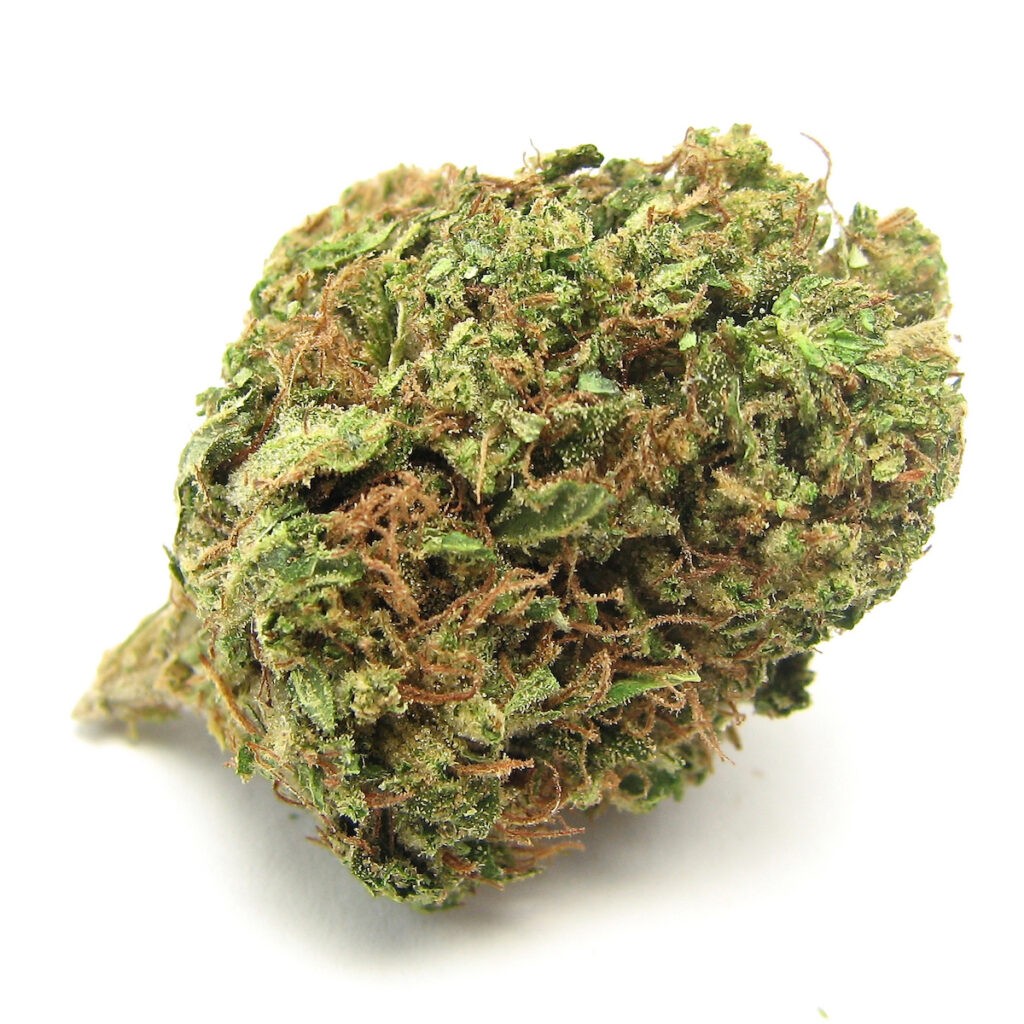
Jodrey noticed the OG hype had transcended the local grower community by 2008 when legal dispensaries began blooming in California under the cover of medical marijuana law.
“I took over a dispensary in Arcata [CA], and I noticed all the people coming in to buy OG didn’t look like OG people,” Jodrey said.
The anecdotal evidence prompted Jodrey to do a random survey of 1,000 of his clientele. He found the majority were coming for the OG, and a majority of them were using it as an opiate replacement.
Beyond that, Jodrey thinks one of the reasons we talk about OG like we do to this day is sheer commercial impact.
Related
Pleased as Purple Punch: A ‘Purps’ family genealogy
The tonnage coming from “the Hill” (growers slang for the farms in the Humboldt hills) reduced the price of OG Kush by half of its debut peak. But even in 2009, if you were growing heat OG and charging less than $3,500 per wholesale pound, it was frowned on by your grower peers. There were even reggae songs written about it.
We asked Jodrey if OG Kush was the most prolifically grown strain in the history of the Emerald Triangle.
“Guaranteed. Absolutely, because of the duration,” Jodrey replied. “Blue Dream was saturated because everyone was growing Blue Dream. I remember when it was indoor only. And I remember the first guy I knew who grew Blue Dream. He looked at me and said, “Kev, I did 11 pounds off that plant.’ We all looked at each other and we put it in our gardens that year.”
But the huge Blue Dream wave just couldn’t compete with the subsequent volume of multiple years of OG harvests. Jodrey said for many years, every garden he traveled to in Humboldt was running it. So as OG Kush changed the culture of the Emerald Triangle, it would permeate well beyond to all the places the billions of dollars in weed ended up.
The future: OGs forever
Over the years a lot of great cuts have had their moment after OG’s decade standing alone at the top. For example, Mr. Sherbinski relates how the San Francisco breeder Jigga crossed his personal “F1 Durb” with a Flo Rida OG to make Girl Scout Cookies.
But still, when big-time cannabis enthusiasts want that big hitter, they’re looking for the gas.
“I mean, it just goes to show you how much power and love is in that strain because there are so many operators now that have it under their brands, their own version,” B-Real said.
He pointed to his OZK collab with Wonderbrett as a favorite. “And all of them are fucking great. And all of them sell off the chain in spite of all of the other exotics that are available.”
“I can’t believe this was such a huge deal. It wasn’t a huge deal because of me. It was a huge deal because of the nature of this plant, you know?”
—Josh D
The regulations and taxes of legalization have crimped the supply chain of fine cannabis. But B-Real thinks great supplies of OG will eventually catch up to the legal market’s demand.
“I think there are certain strains that will always remain a staple in the cannabis community. OG is definitely one of them. But I think flavors are always going to evolve because people want options, people like variety,” B-Real said.
Del Rosso said it’s an amazing feeling to have been able to grow OG this whole time.
“Dude, it was our lives, man. My circle, my family, everything.” Del Rosso said.
He’s looking forward to the 25th anniversary in August.
“I mean, a lot of your questions are the same questions I asked myself all the time. I can’t believe this was such a huge deal. It wasn’t a huge deal because of me,” Del Rosso said. “It was a huge deal because of the nature of this plant, you know?”

A timeline of the OG Kush family
- Pre-1996: OG Kush’s mother plant is bread in Florida along with Bubba Kush. Many people point to the Triangle Kush as the closest to that originally. High Times editor Danny Danko later theorizes Chemdog as the parent of both OG Kush and Sour Diesel.
- 1996: Matt Berger tells Josh Del Rosso the weed in Florida is better than the weed in Los Angeles. Del Rosso challenges him to return with some cuttings. He did. All but one of the five OG Kush cuttings died. That cutting is the original, clone-only OG Kush plant that rocked Southern California.
- 1997: Following Josh D distributing the cut to a close circle of friends, B-Real eventually gets his hands on it from Wonderbrett founder Brett Feldman. That year, Josh D personally brought OG Kush to the Bay Area.
- 2001: Before the first large-scale indoor facilities coming online, demand for OG Kush in Los Angeles drives the price of OG Kush up to the highest ever confirmed prices of $8,000 per pound.
- 2004: OG Kush arrives in the Emerald Triangle. Variants are developed to acclimatize the strain for various climates. The most famous of the pack at the time was Mandelbrot’s OG Kush.
- 2006: DNA Genetics breeds what’s called Kosher Kush today. It will eventually become the first OG introduced to the European market in seed form, according to those that were a part of the Dutch cannabis scene at the time.
- 2008: Swerve from Cali Connection released the San Fernando Valley (SFV) cut in seed form. Cali Connection then released Larry OG and Tahoe OG not long after. Also in 2008, now-California Treasurer Fiona Ma valued the Humboldt outdoor crop at $8 billion. Some believe more than half that amount was OG.
- 2010: Kosher Kush wins Best Seed Company Indica at the Cannabis Cup in Amsterdam. Various local Master Kush variants had placed over the years, but this was the first true OG win. Kosher Kush wins Best Indica again in 2012, and again in 2015.
- 2015: Rapper Wiz Khalifa debuts a premium OG Kush type, Khalifa Kush. Jet Fuel OG comes out the same year.
- 2019: Fire Cut’s Fire OG wins Leafly’s Best OG Kush of California contest, besting Marathon OG from The Cure Co., Diablo OG from IC Collective, and three others.
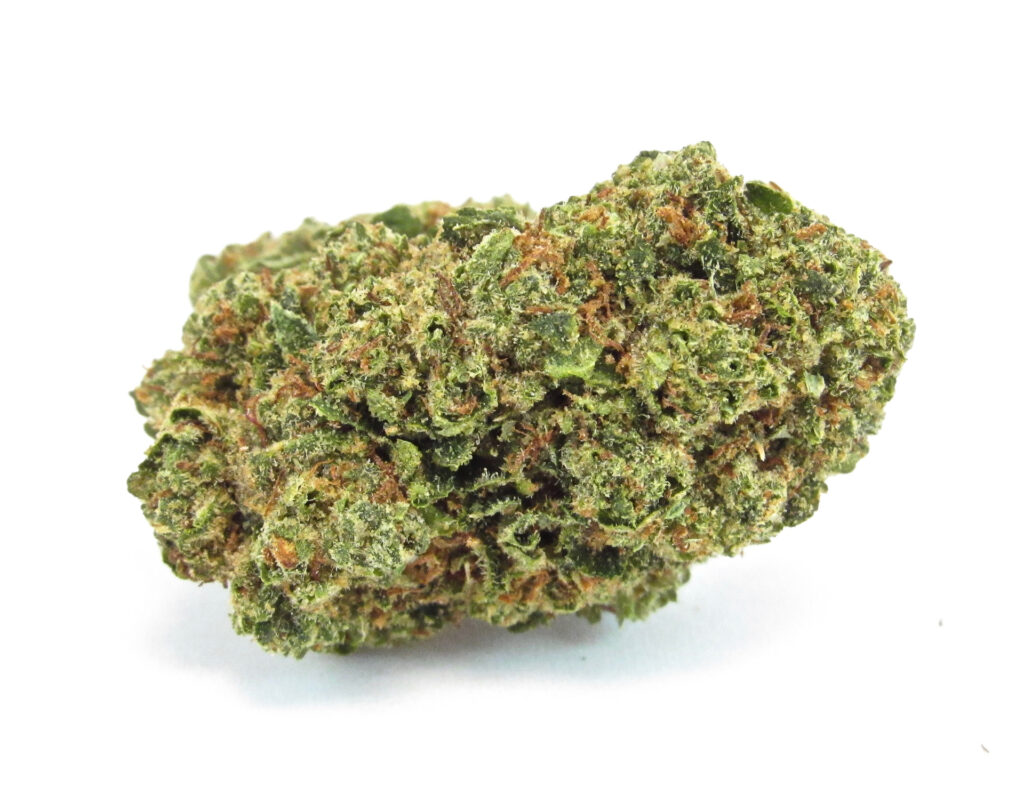
Remember your first taste of OG Kush? Reply in the comments below.
Jimi Devine
Jimi Devine has been involved in cannabis reform since 2005 and has worked in the Berkeley cannabis industry since 2009, when he moved to California from Lynn, Massachusetts. Currently serving as senior staff writer at Cannabis Now Magazine, he’s also written about cannabis products and policy for the San Francisco Chronicle, The Boston Globe, The Hill, The Chronicle of High Education, Marijuana.com, High Times, 7×7 Magazine, and in Ed Rosenthal’s recent book, This Bud’s for You. Jimi has a BA in journalism and media studies from Franklin Pierce University.
View Jimi Devine’s articles
The latest in Strains & products
Show all
By submitting this form, you will be subscribed to news and promotional emails from Leafly and you agree to Leafly’s Terms of Service and Privacy Policy. You can unsubscribe from Leafly email messages anytime.

Post a comment: